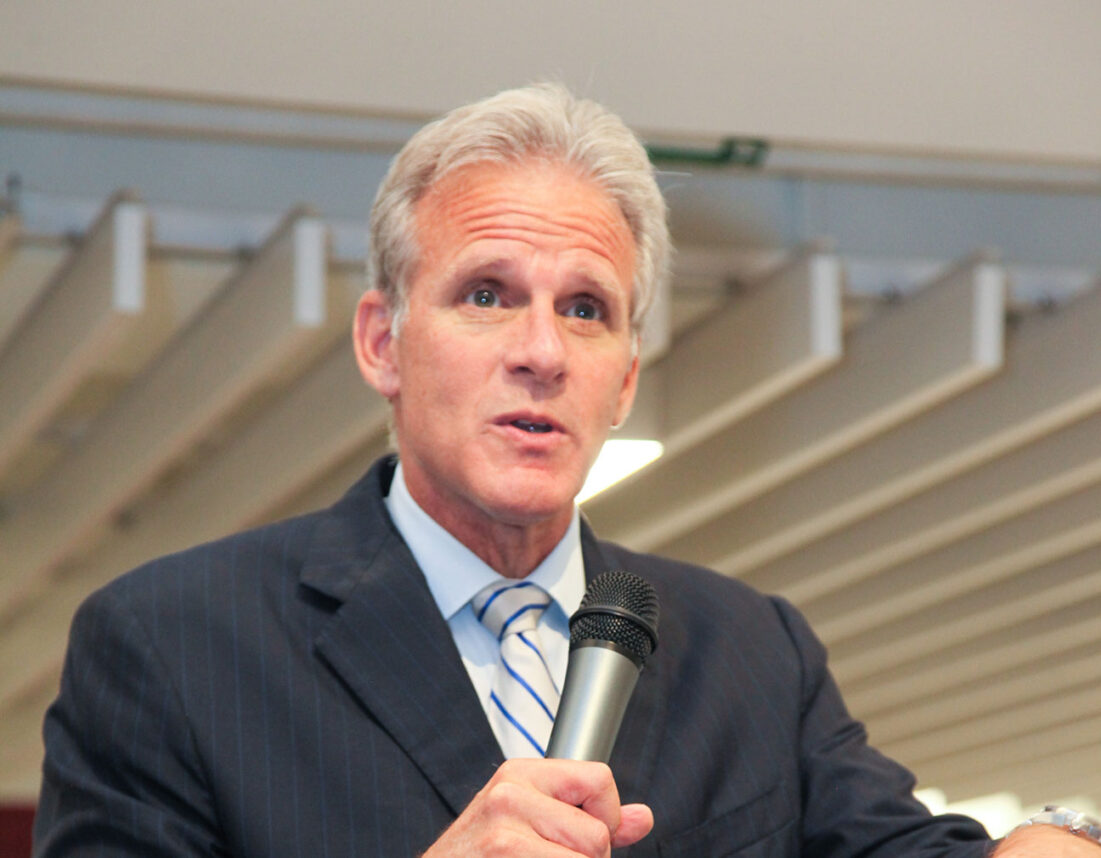Thousands of Jews and Arabs fill the winding stone alleyways
of a Haifa neighborhood, sampling latkes, roasted chestnuts and pastries
dripping in honey at a coexistence festival to mark the holidays of Chanukah,
Christmas and Ramadan.
Walking a path lined with poems by Arab and Jewish poets,
celebrants take in sculptures strung over archways and perched on street
corners, colorful murals painted on walls and photographs based on this year’s
theme, “Utopia.”
“It’s all about the longing for something better,” says Hana
Kofler, curator of the festival’s exhibition, which featured some 100 Israeli
artists. “Everyone wants a better future, both Jews and Arabs.” Â
Now in its 10th year, The Festival of Festivals provides a
rare occasion of unity for Arabs and Jews, who have grown increasingly wary of
each other during the three years of intifada.
Residents of Wadi Nisnas, the majority Arab working-class
neighborhood that hosts the festival, say Israel and others around the world
can learn a lot from their community and from the city of Haifa, a mixed
Arab-Jewish city.
Locals here are proud of a long tradition of Jews and Arabs
working and living together in peace.Â
“We have always gotten along here, and to see all these
people from around the country coming here is fun,” said Hassan Zatut, a
mechanic who lives in Wadi Nisnas.Â
As he speaks, a steady stream of people walk up the hill
outside his family home, which is crowded with merchants selling toys and
crafts.
“We are proud of what we have — this is the way it should
be,” he said.
“It’s an amazing sight to see so many Jews coming to an Arab
neighborhood, when most Jews in the country are terrified to go anywhere Arab,”
said Dan Chamizer, a Jewish artist and member of the Beit Ha’Gafen Arab-Jewish
Center, which organizes the event. “This is the only spot in the Middle East —
maybe in the world –where Arabs and Jews not only live together, but like each
other, work together, make art together.”
In honor of this year’s theme, Chamizer designed a giant
pair of rose-colored glasses made from iron and swirled pink-and-white glass.Â
Painted yellow footprints on the pavement lead visitors
throughout the neighborhood where artwork from festivals of previous years
mixes with new installations.
One artist posted a traffic light called “The Messiah.” When
the light turns green, the words “He is coming” light up; when it turns red,
“He is not coming” appears.Â
The mix of the whimsical and the serious characterize the
collection of art that fills Wadi Nisnas and expands every year. Because of the
festival, tourists come visit year-round.
On Saturday, church bells tolled and children in Santa Claus
hats rang bells and sang Christmas carols in Arabic under a canopy of gold
tinsel.Â
During the week of Chanukah, children’s plays are
performed.Â
To mark the recent end of the Ramadan fast, the public was
invited to join in the feasts and celebrations known as Eid al-Fitr.Â
Festival organizers say the winter festivals of the three
faiths is the ideal opportunity to throw a party. Each year the festival grows,
and nowadays tens of thousands of people come for each of the five consecutive
weekends of celebration. Dance productions, concerts and plays are part of the
festival, which also includes coexistence workshops.Â
The streets are lined with locals selling grilled meats,
Middle Eastern salads and cotton candy. The smell of cardamon wafts overhead as
strong cups of steaming Arabic coffee are poured into cups.Â
“It’s nice to see the folklore and traditions of both Jews
and Arabs,” says Michael Kandero, an Israeli Jewish factory worker from Afula,
who brings his family to the festival. “To connect with Arabs close up is
something we have missed out on in the last few years.” Â





















 More news and opinions than at a Shabbat dinner, right in your inbox.
More news and opinions than at a Shabbat dinner, right in your inbox.